
This year has undoubtedly been filled with many facets of sorrow. Since the very first case of COVID-19 was found, the world has collectively been shaken up. Loss, grief, fear and darkness have shadowed the thoughts and the days of people all over the world. People have lost work, loved ones and even faith as days merged into weeks, and weeks merged into months. And here we are, at the end of a year that no one could have expected.
Tired. Weary. Shaken.
And though we have been in this collective storm together, we know that those in poverty are experiencing this pandemic in a different, more heightened way. For those in the grips of poverty, the effects of the pandemic have been devastating.
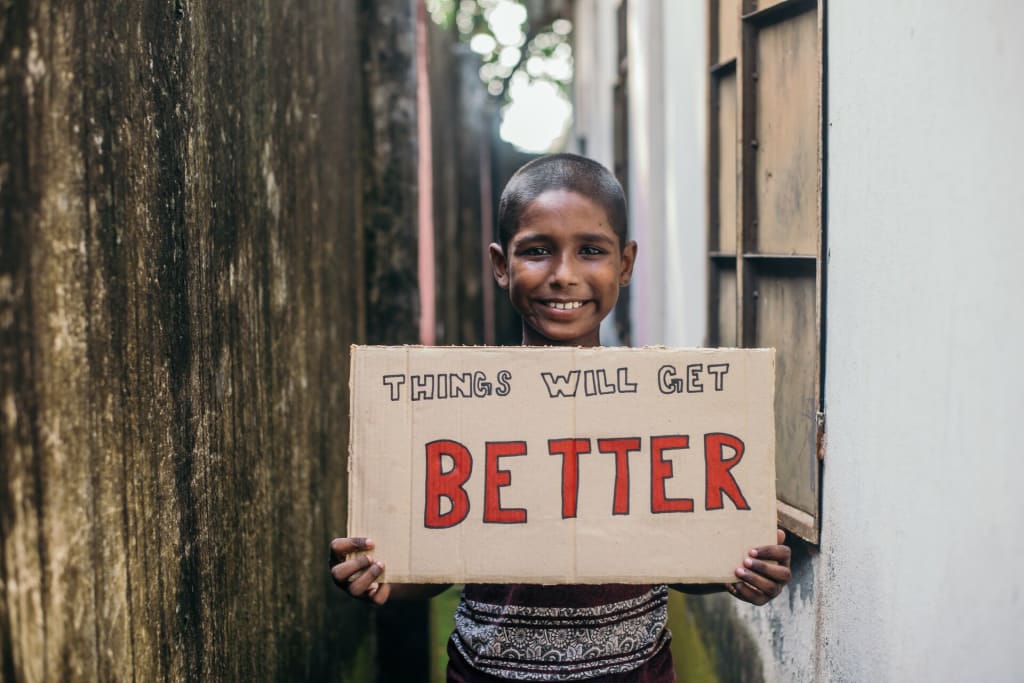
And yet—despite all of the struggle, we’ve seen a golden resiliency. We’ve seen our local church partners around the world rise up with bravery to serve those who are suffering the most. We’ve seen families receive desperately needed food, hygiene kits and rent support. We’ve seen loyal supporters like you being the hands and feet of Jesus to children around the globe.
We’ve seen hope.
We’ve also seen Compassion kids from around the world caring for you. Writing to you, praying for you, reminding you of holy truths that you may have forgotten along the way.
Today, they’d like to encourage you yet again. At the end of this tumultuous year, they want to remind you of the goodness and provision of our great God. They want to pray for you. To send you off into the new year with truth that does not fade.
So, if you will, grab a cup of tea, take a deep breath, and take in these messages of encouragement they’ve written on signs just for you
1. “God will see you through.” – Festino, 12, Tanzania

“When people see my sign,” says Festino, “I would like them to be hopeful because we are praying for them. There is nothing He cannot do. He will answer. I would like to tell them the troubles they are going through will not last. God will see them through. We love them.”
2. “We are overcomers in Him.” – Virginia, 11, Kenya
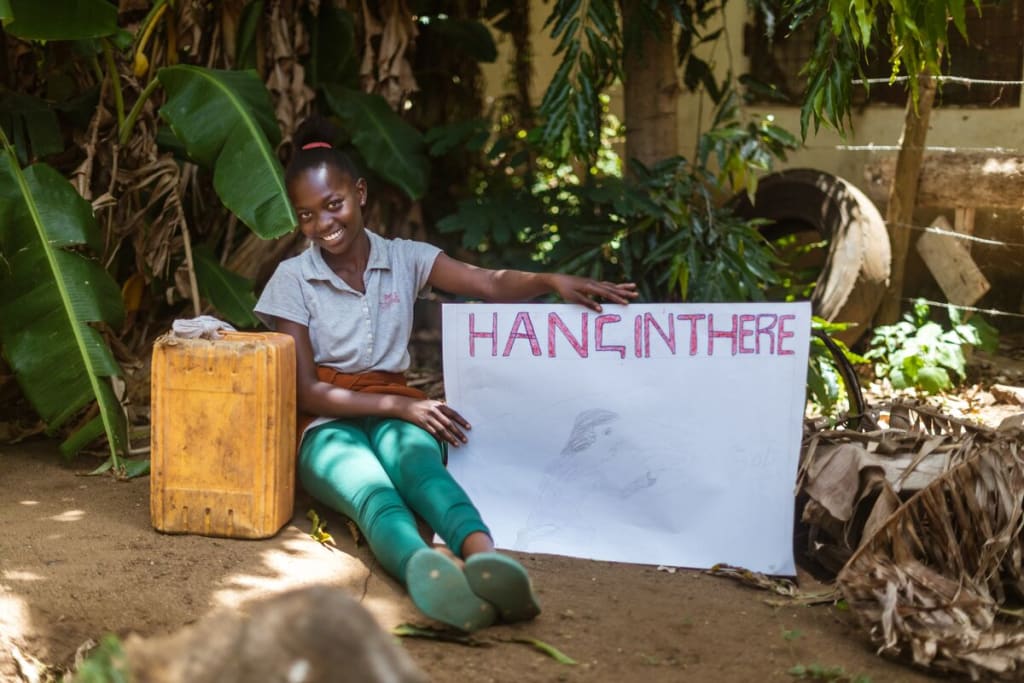
“I hope my sign will encourage someone who feels discouraged,” says Virginia. “I want people to know that it’s not good to give up. Jesus went through more and overcame. We are overcomers in Him. Hang in there! We are praying for you.”
3. “God is stronger than any problem in the world.” – Antonio, 9, Ecuador

“I hope sponsors feel happy to know that God blesses them, as He has blessed my family,” says Antonio. “I hope they feel excited to know that God is stronger than any problem in the world.”
4. “Hold onto Him.” – Fatima, 10, Nicaragua

“Trust in the Lord because He’s always with us, in good times and bad times,” says Fatima. “He protects us and helps us. I want to tell you that we are praying for you constantly and that when we allow the Lord to enter our hearts, He takes care of us and gives us strength. Hold onto Him.”
5. “Don’t forget, many children are praying for you.” – Caleb, 7, Ecuador

“I hope sponsors feel peace when they see my sign, because I pray every day to God for them. Sometimes people feel lonely and I think they need to know that I am praying for them, as many children in the world are,” says Caleb. “When you are sad or afraid, sing a song of hope and you will feel better, and don’t forget, many children are praying for you.”
6. “God is preparing your Moses moment.” – Zawadi, 12, Tanzania

“I want everyone who is going through hardships to feel hope that God is preparing someone to take you out of your hardships—just like he did for Moses,” says Zawadi. “Continue praying, God is preparing your Moses moment. May God keep you and bless you for your love.”
7. “I’d like you to know that we love you.” – Josebeth, 13, Nicaragua

“I hope people who read this feel happy and loved,” says Josebeth. “I think people need to read my message because we have been going through a lot of changes during the past few months. I’d like you to know that we love you and that we hope you are always surrounded by love and happiness.”
8. “Relax. God is in control.” – George, 15, Kenya
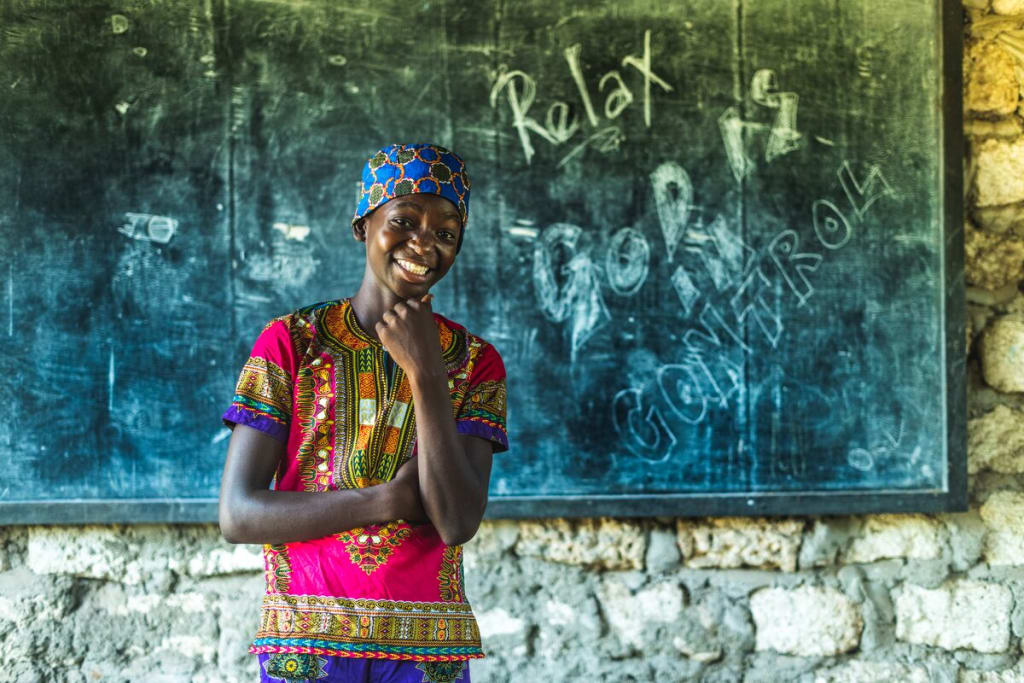
“These times are not easy as we would have wished them to be, but there is peace and joy in knowing that God remains God, and He still loves and cares for us,” says George. “Never give up! No matter the situation that we are going through, everything will be okay in Jesus’ name.”
9. “You are not alone.” – Haydee, 10, Ecuador

“I hope people can remember we always need to thank Jesus because He is good to us,” says Haydee. “Be strong because your God is with you. Whatever the situation, He is with you. I am praying for you and sending hugs wherever you are. You are not alone.”
10. “He has your life in His palm.” – Savera, 11, Kenya
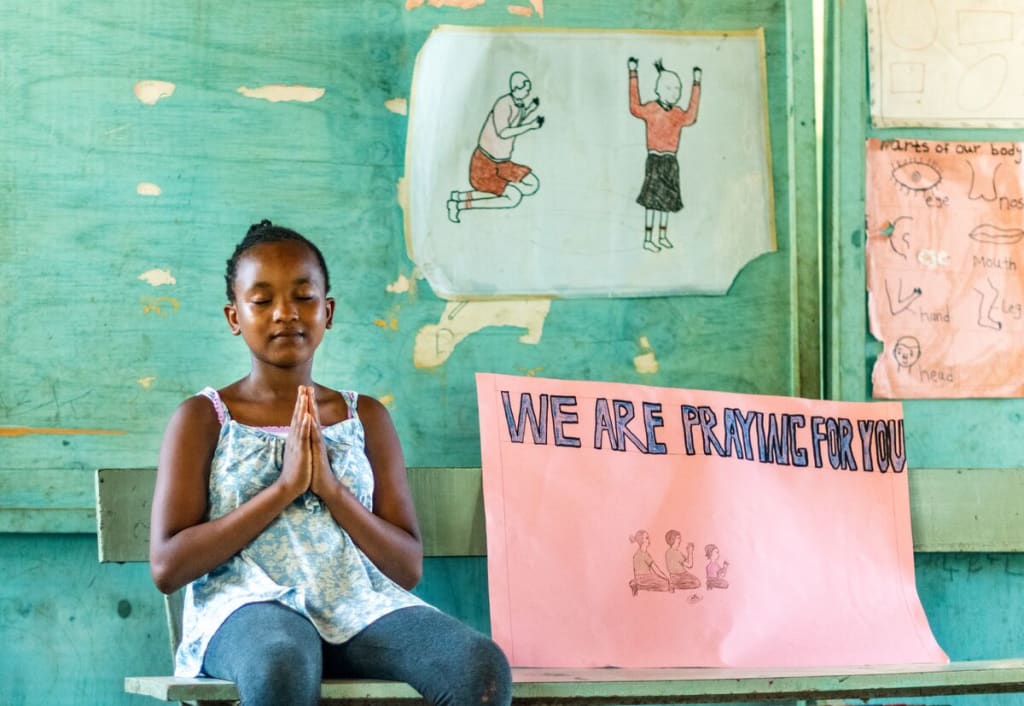
“I pray that my sign will remind everyone that God will never leave nor forsake you,” says Savera. “I want people to understand that our God is an ever-present God. He has your life and your wellbeing in his palm. We love you all.”
11. “God is bigger than COVID-19.” – Emmanuel, 10, Kenya

“I hope people will be happy and know that they are not alone because God is with you,” says Emmanuel. “Our God is greater than COVID-19 and there is nothing too hard for Him.”
12. “Be a warrior.” – Gino, 8, Ecuador

“We need to be brave and trust in Jesus. God is a good Father and He will give you whatever you need. I have seen it in my family,” says Gino. “When we need something, we pray and God provides—that’s what my mother says. Be a warrior, fight against the fear, don’t forget to smile and remember that Jesus cares for you.”
13. “This situation is temporary.” – Saju, 12, Bangladesh
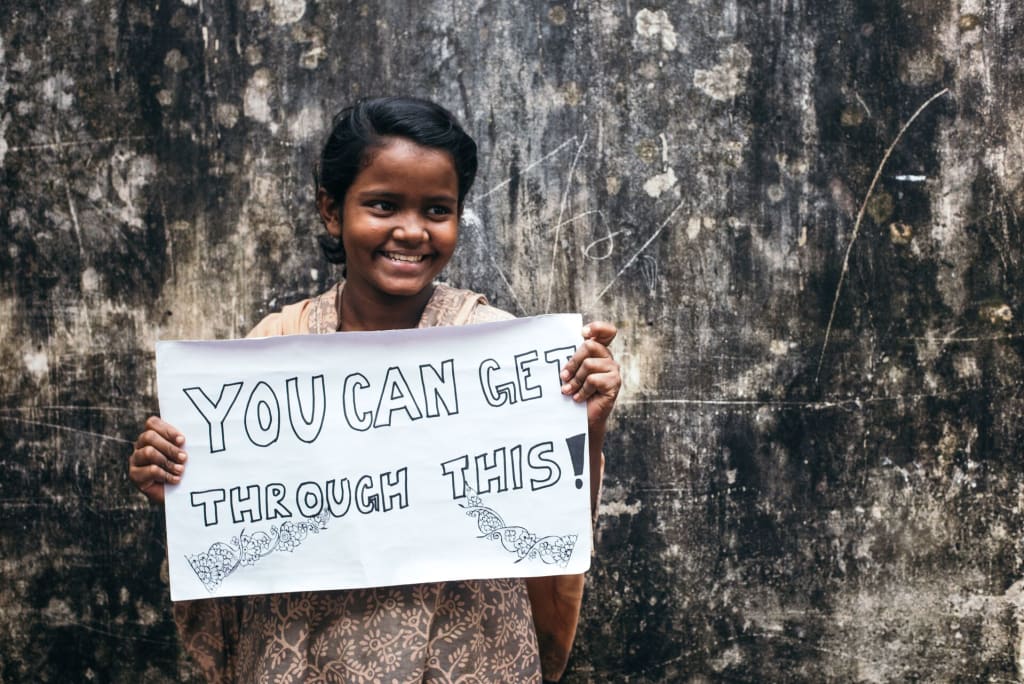
“I believe that this situation is temporary,” says Saju, “And you will all get through this situation very soon.”
14. “This hard time will fade soon.” – Melanie, 12, Ecuador
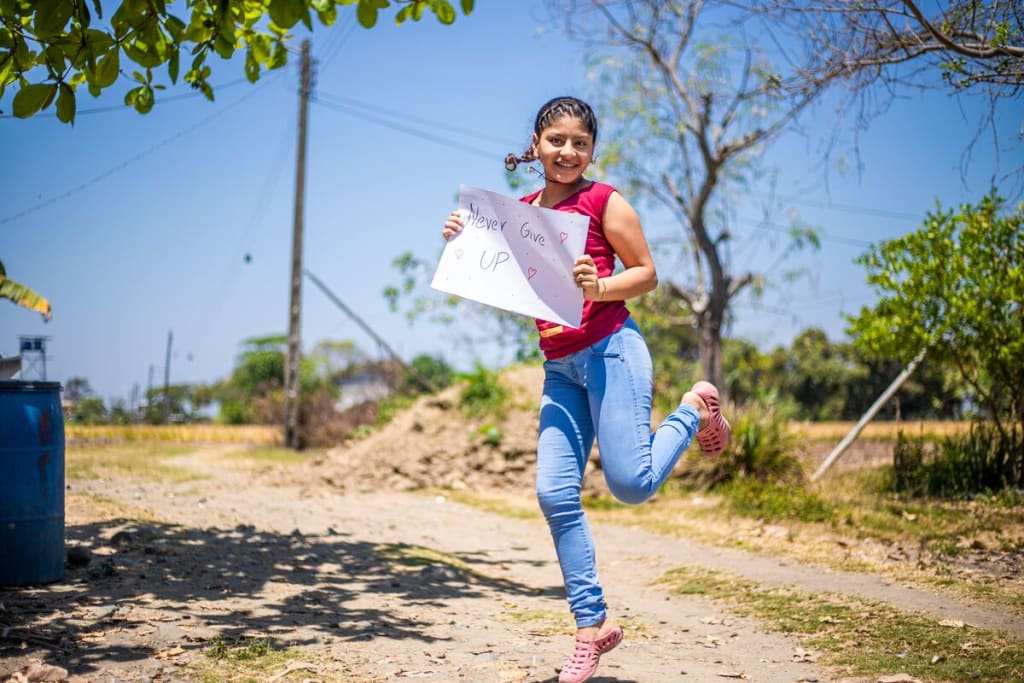
“I would like you to never stop dreaming. You can do it,” says Melanie. “God makes you perfect and strong. You are smart, and all of this hard time will fade soon. Jesus is holding your hand and He will never give up on you. “
15. “You are stronger than you think you are.” – Delmar, 13, Nicaragua

“I want to encourage you to have faith in the Lord because He will give you strength,” says Delmar. “You are all stronger than you think you are, and every day we pray for the Lord to bless you and your families.”
16. “We love you, and may God protect you.” – Bibiana, 12, Tanzania

“When you read my message, I want you to feel hope that God loves you,” says Bibiana. “I would like to encourage you not to give up. We love you and may God protect you.”
“You have taught children and infants to tell of your strength, silencing your enemies and all who oppose you.”
Psalm 8:2 (NLT)
Want to end your year off with even more encouragement from God’s word?
Check out our devotionals on YouVersion!
Story by Laura Phillips and Zoe Noakes. Photos by Eric D. Lema, J. Sangma, Isaac Ogila, Nico Benalcazar, Junieth Dinarte.



